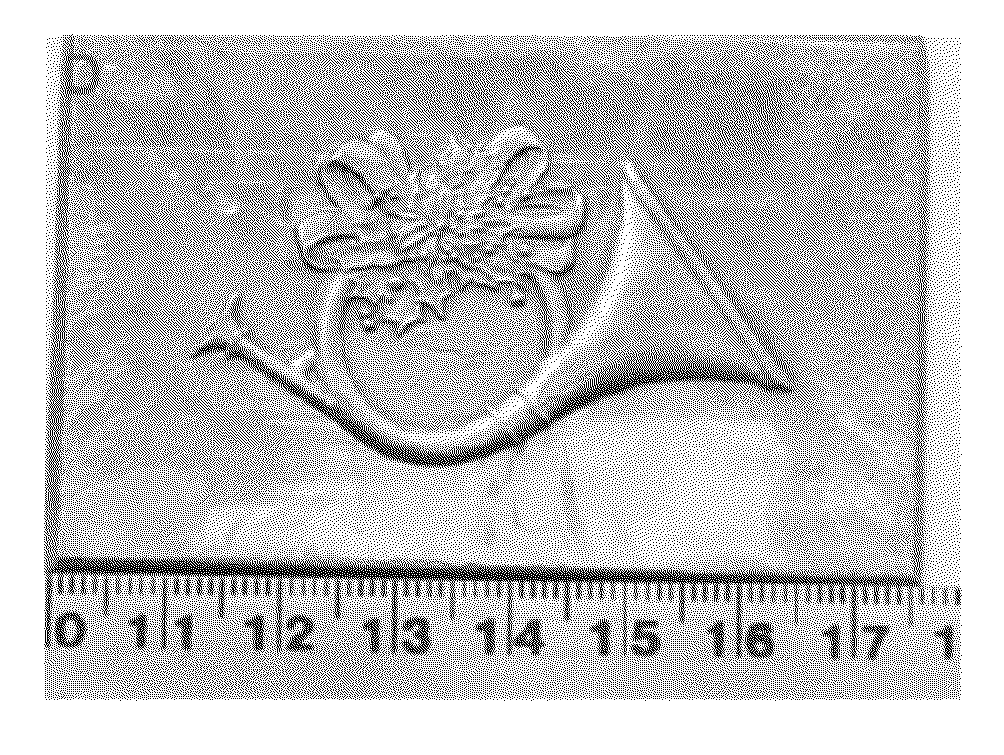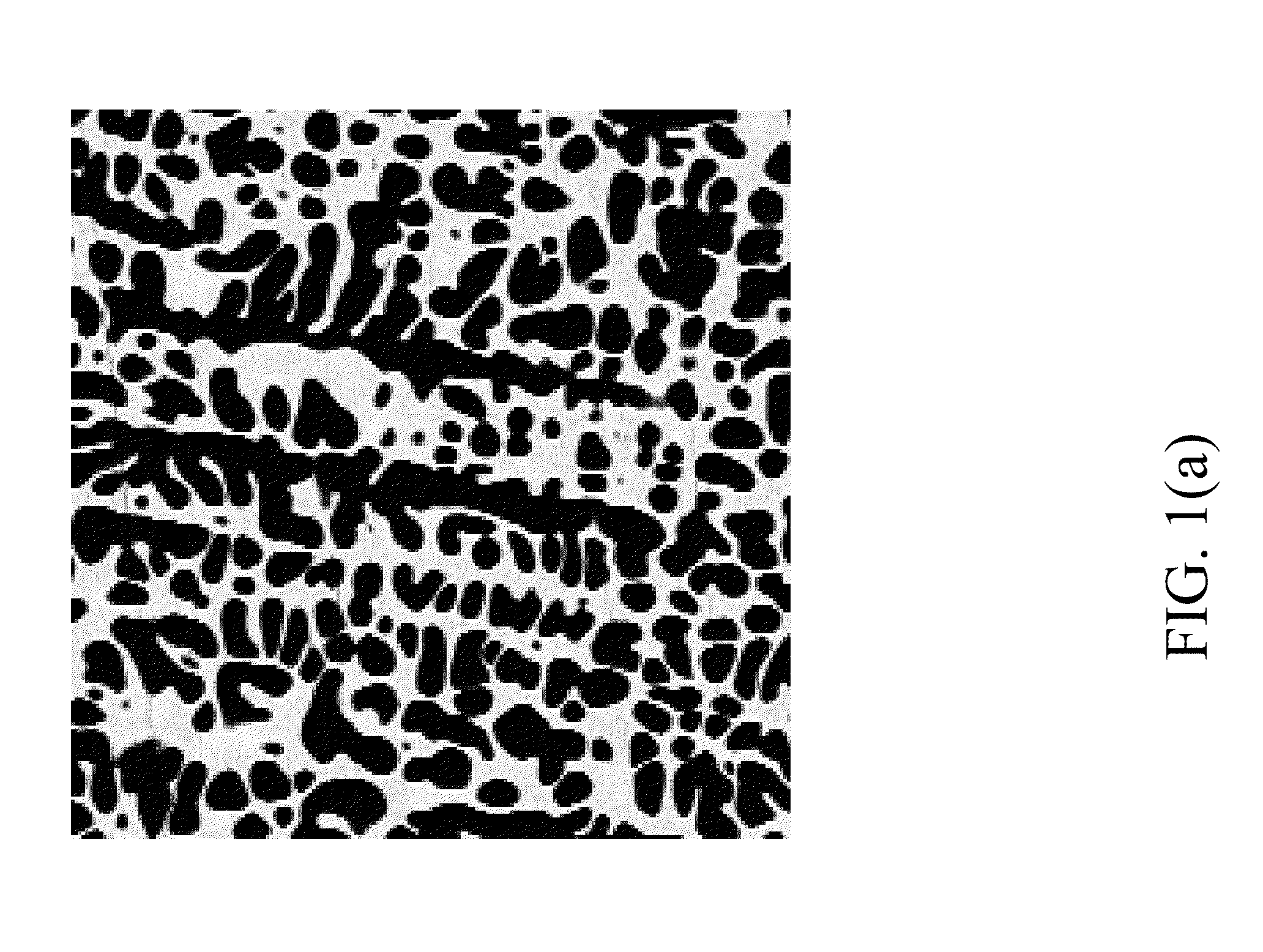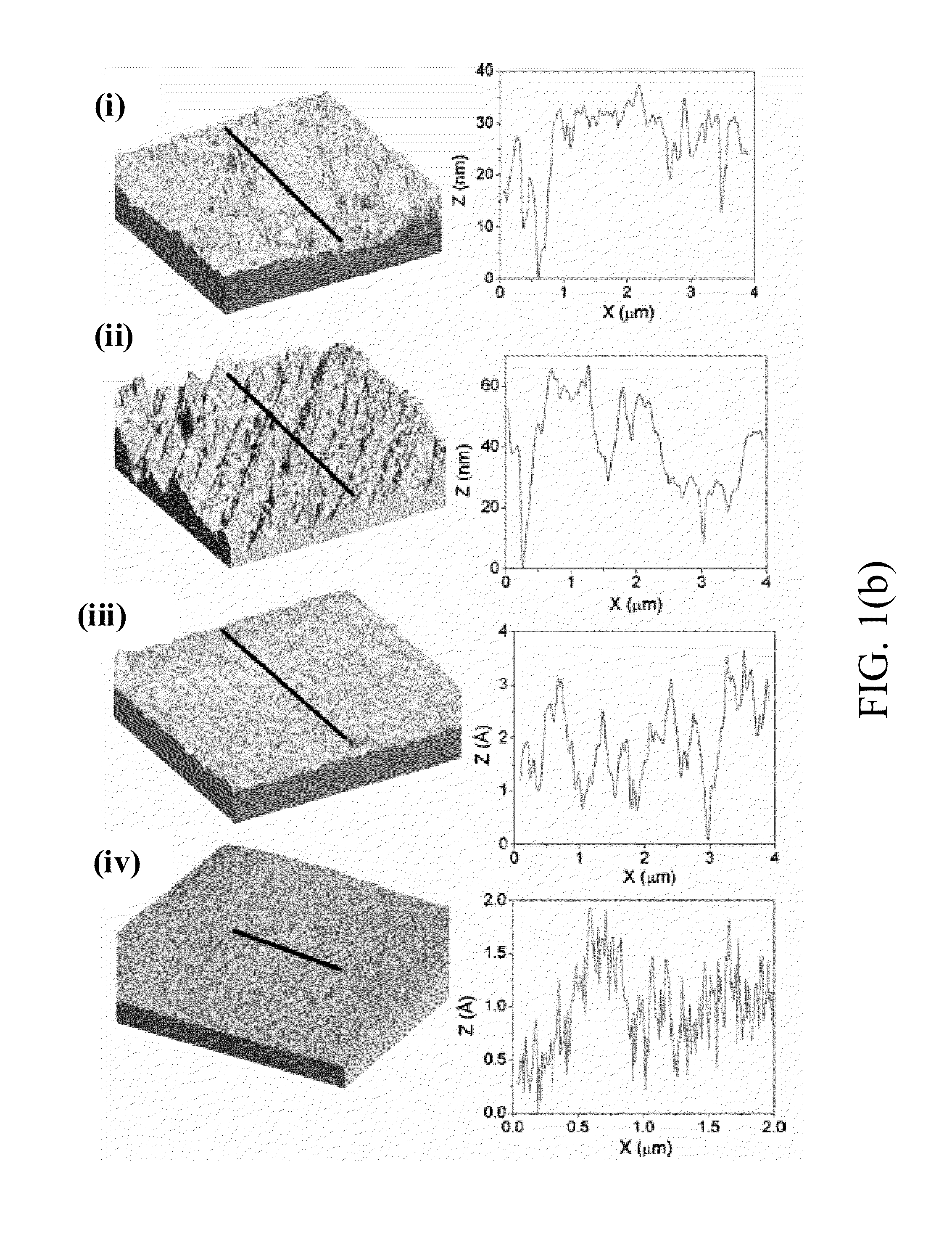Amorphous metals and composites as mirrors and mirror assemblies
a technology of composites and mirrors, applied in the field of mirror structures, can solve the problems of unexplored research on ams and composites as mirror assemblies (especially formed in one step), and achieve the effects of reducing the cost of mirrors, reducing the cost of fabrication, and robust scratch resistance of ams
- Summary
- Abstract
- Description
- Claims
- Application Information
AI Technical Summary
Benefits of technology
Problems solved by technology
Method used
Image
Examples
process embodiments
[0231]In one or more embodiments, a method of fabricating a mirror or mirror assembly, comprises:
[0232](a) heating (Block 3400) an amorphous metal (AM), bulk metallic glass (BMG) or bulk metallic glass matrix composite (BMGMC) locally or in total;
[0233](b) forming (Block 3402) the heated material into a mirror or mirror assembly;
[0234](c) removing (Block 3406) the material from the mold or heating source; and
[0235](d) if necessary, performing a finishing step that could include surface treating, deposition of a layer, joining, welding, embossing or assembly to create the final part.
[0236]In one or more embodiments, an optically smooth surface (Block 3410) with roughness less than 0.1 micrometers is formed without grinding or polishing the sample wherein (a) the surface is formed by die-casting (in Block 3402) from a liquid against a mirror polished mold (the liquid BMG or BMGC formed by heating in Block 3400); (b) the surface is formed by thermoplastic forming (in Block 3402) in the...
PUM
| Property | Measurement | Unit |
|---|---|---|
| Temperature | aaaaa | aaaaa |
| Temperature | aaaaa | aaaaa |
| Temperature | aaaaa | aaaaa |
Abstract
Description
Claims
Application Information
 Login to View More
Login to View More - R&D
- Intellectual Property
- Life Sciences
- Materials
- Tech Scout
- Unparalleled Data Quality
- Higher Quality Content
- 60% Fewer Hallucinations
Browse by: Latest US Patents, China's latest patents, Technical Efficacy Thesaurus, Application Domain, Technology Topic, Popular Technical Reports.
© 2025 PatSnap. All rights reserved.Legal|Privacy policy|Modern Slavery Act Transparency Statement|Sitemap|About US| Contact US: help@patsnap.com



